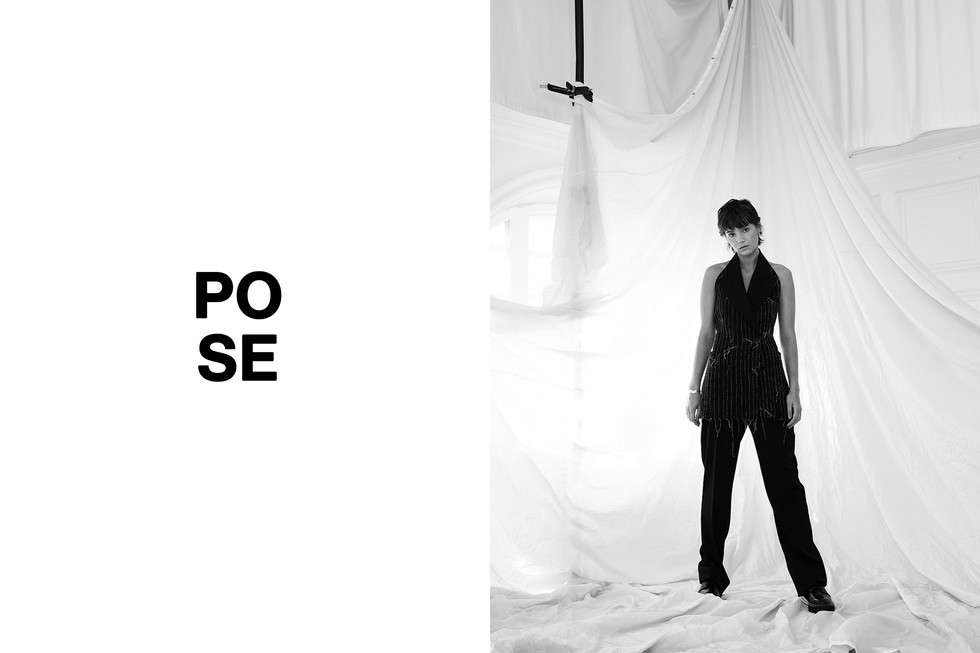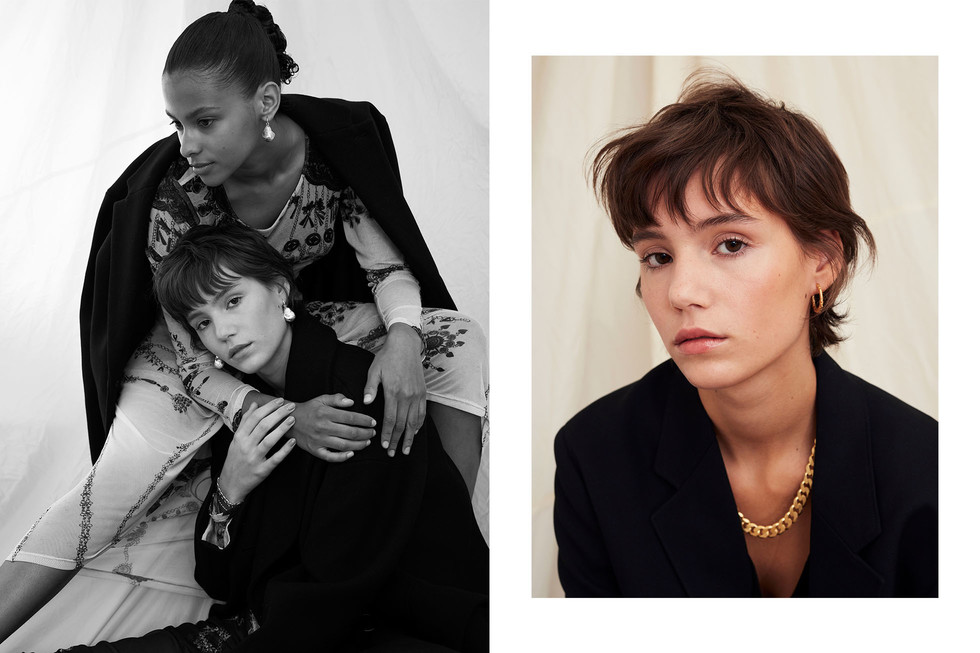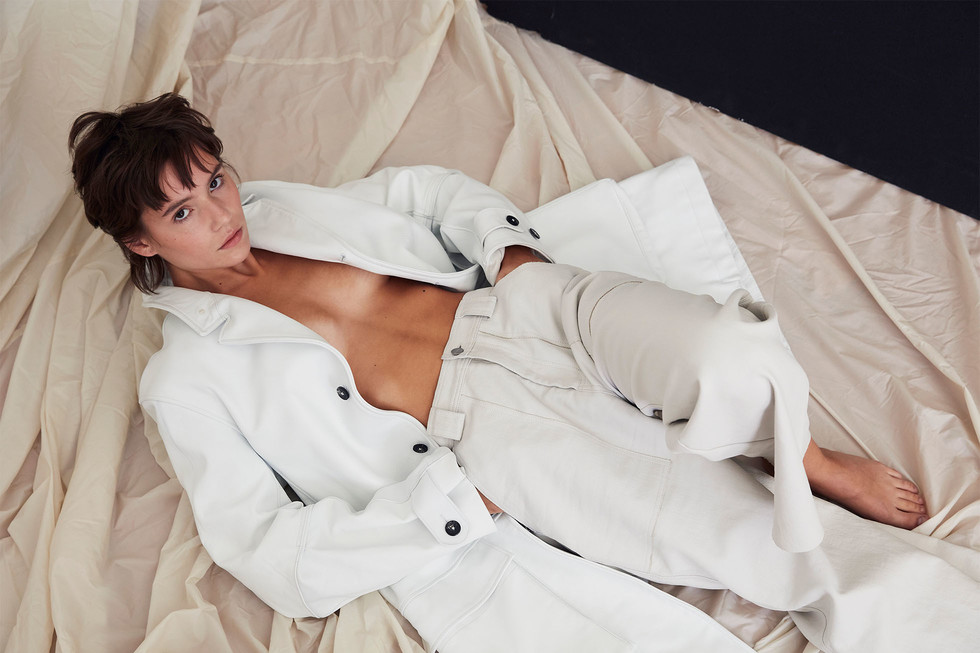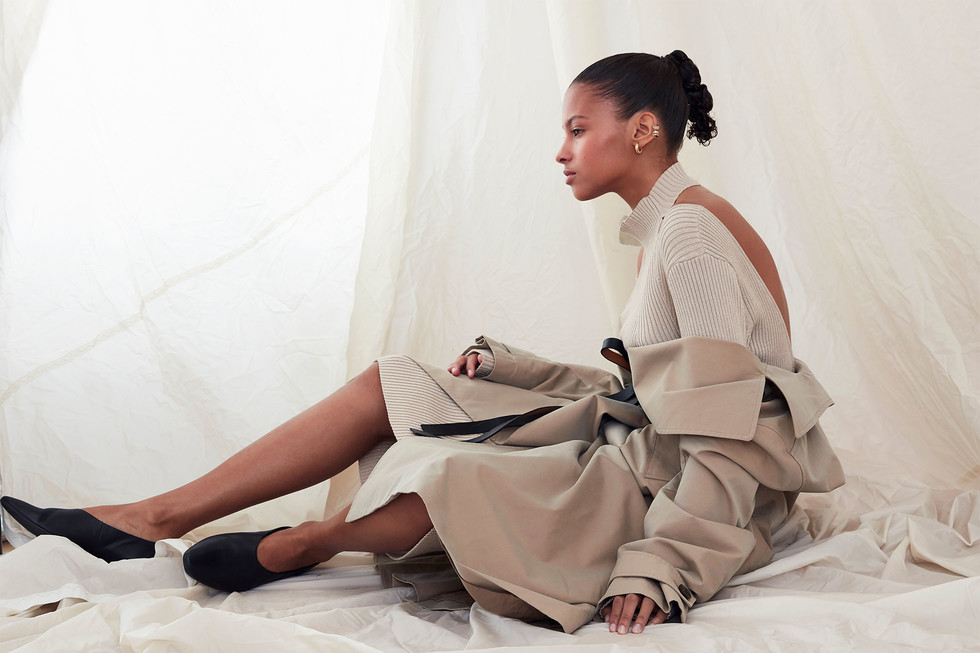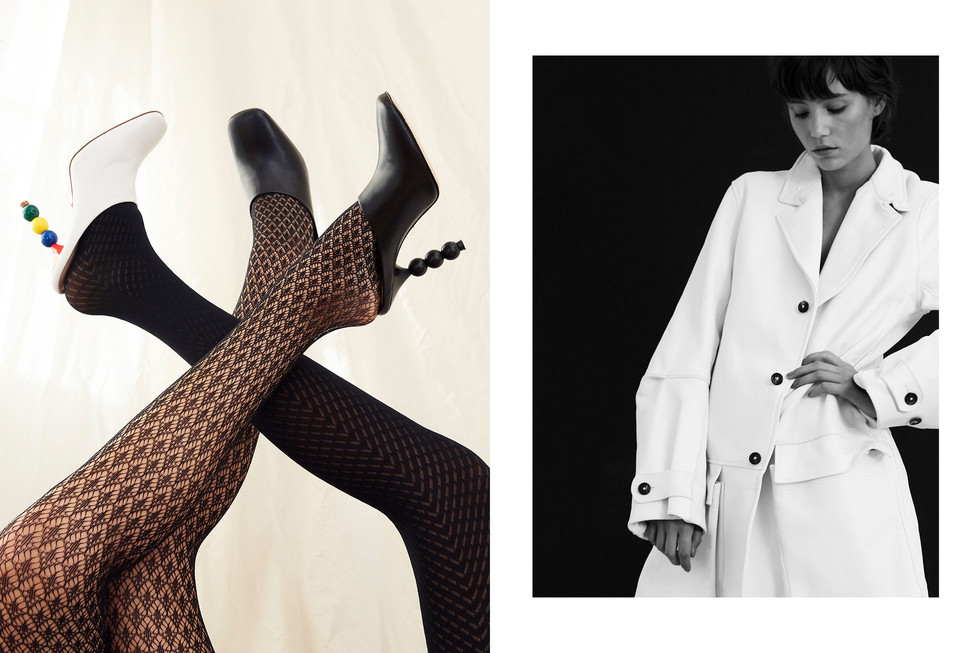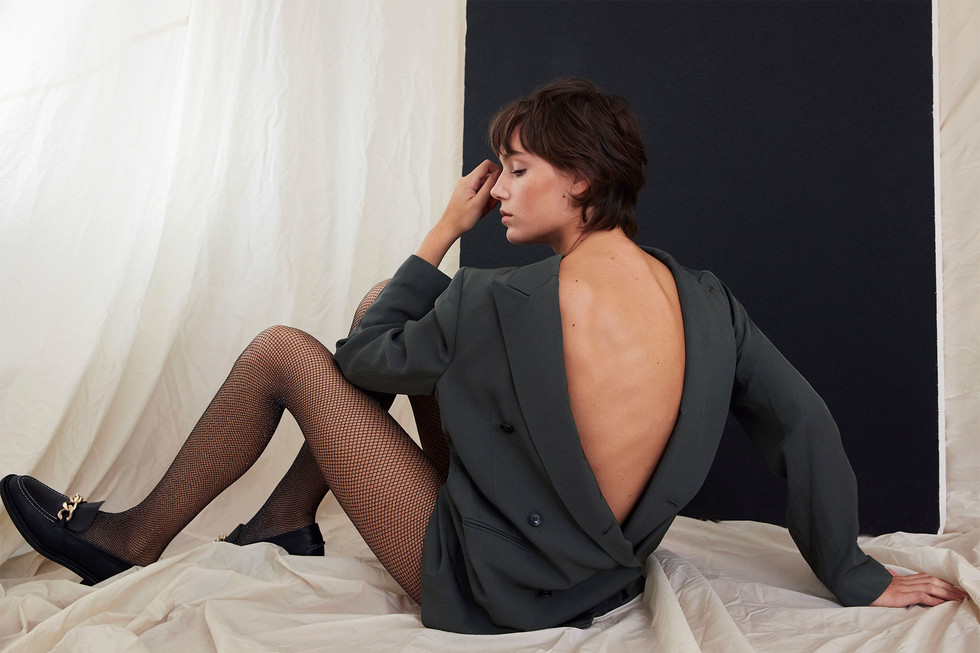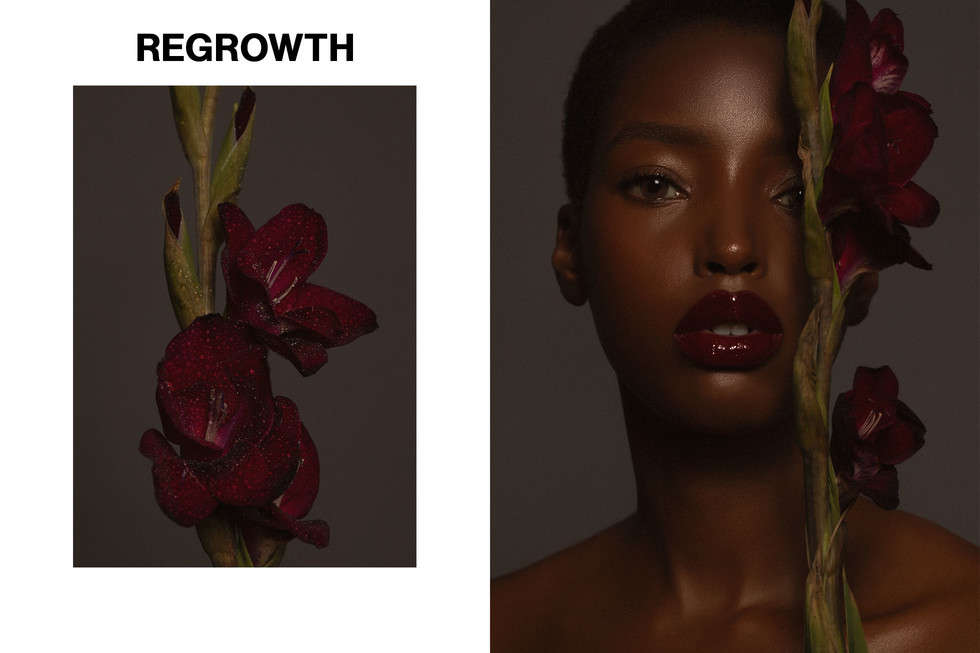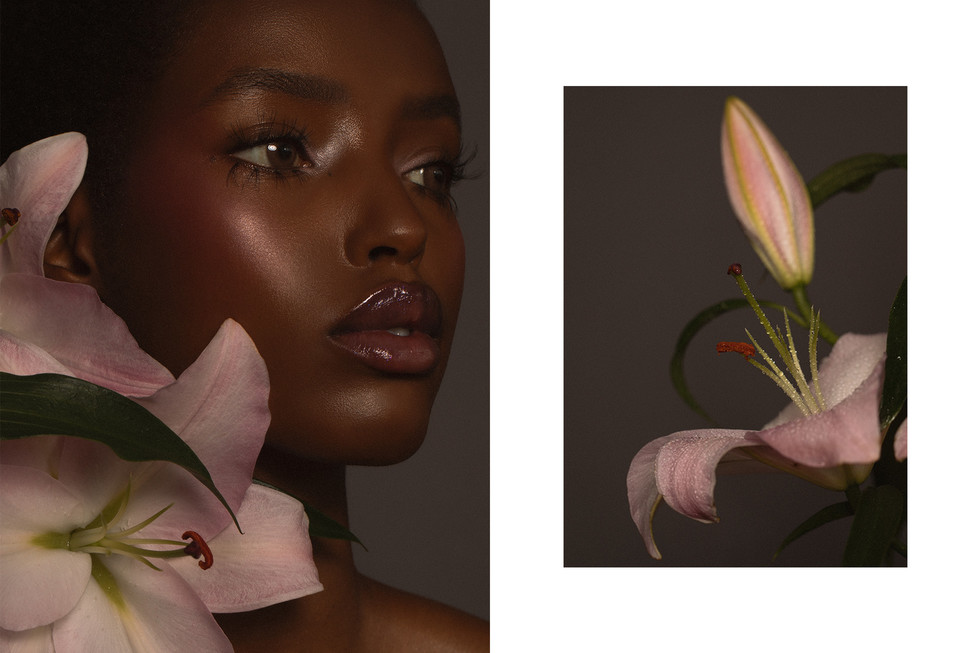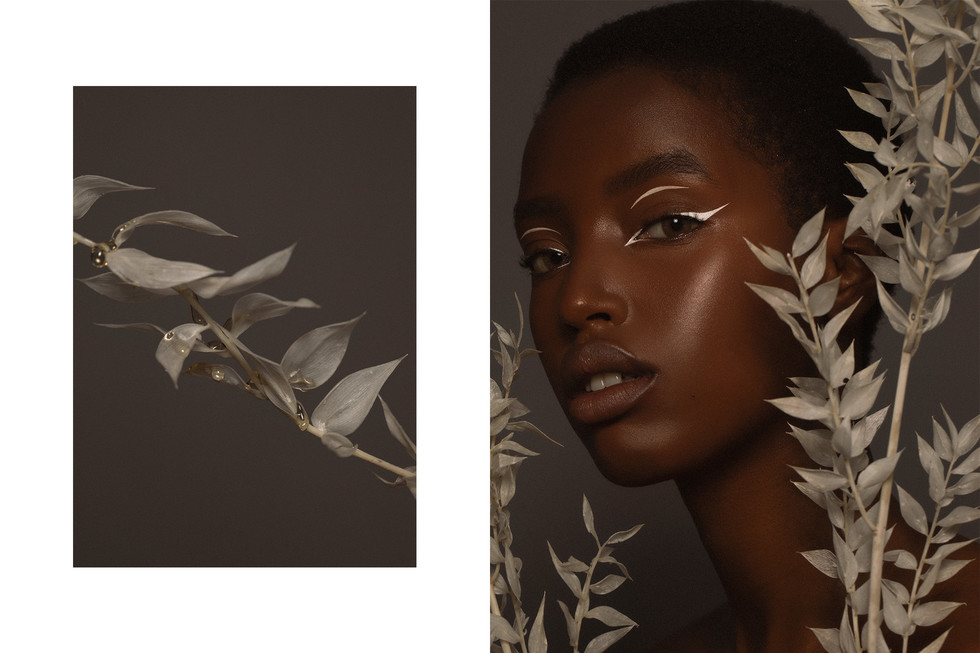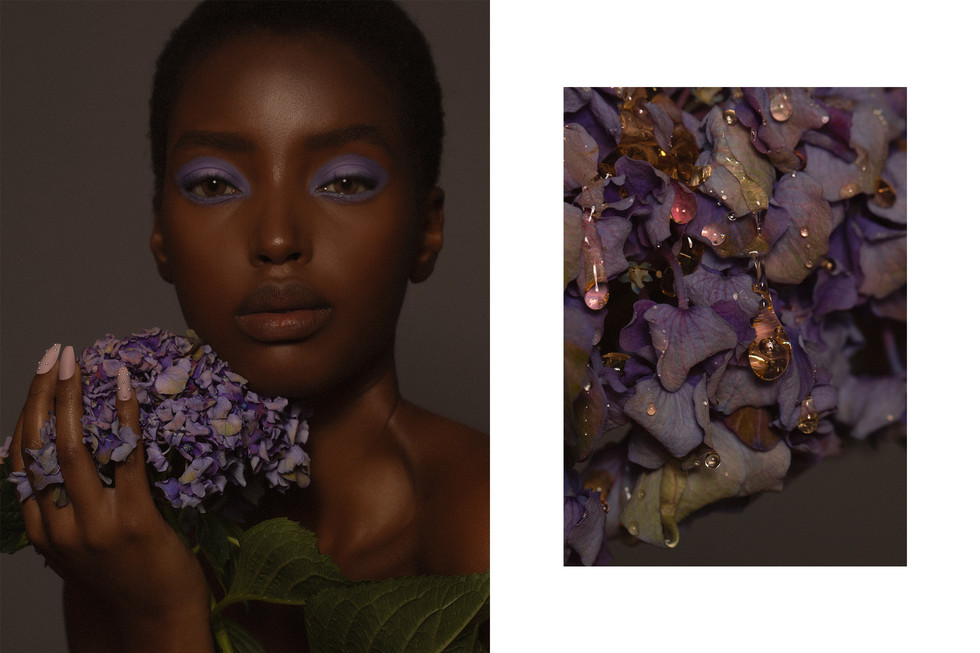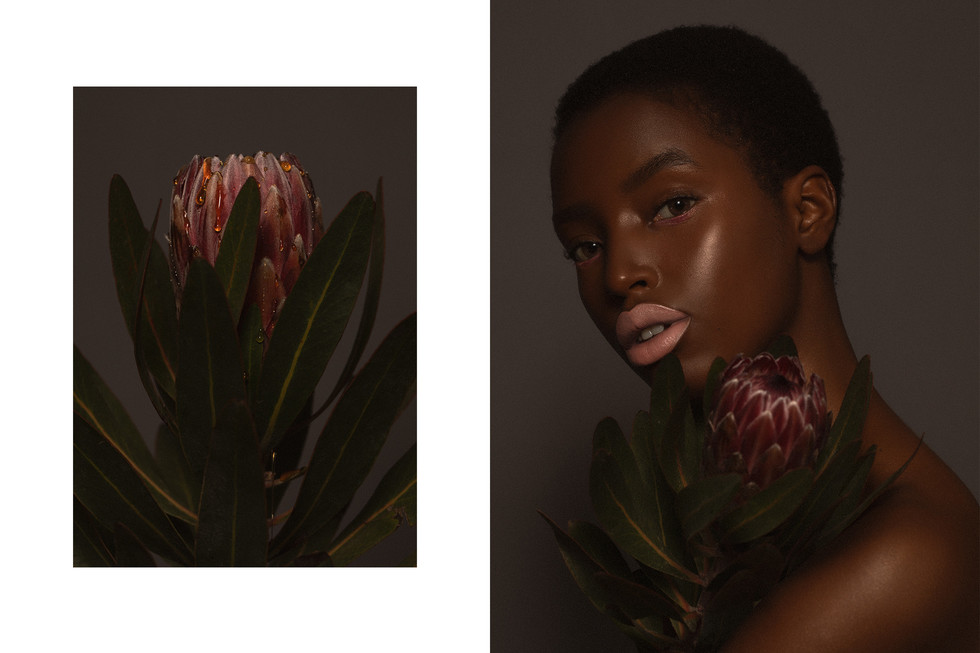
| photography by ELIN STRÅÅT hair & make up by ELIN LAINE model SOFIA MATHIASSEN / Le Management |
| lips GRESSA lip boost aux rouge |
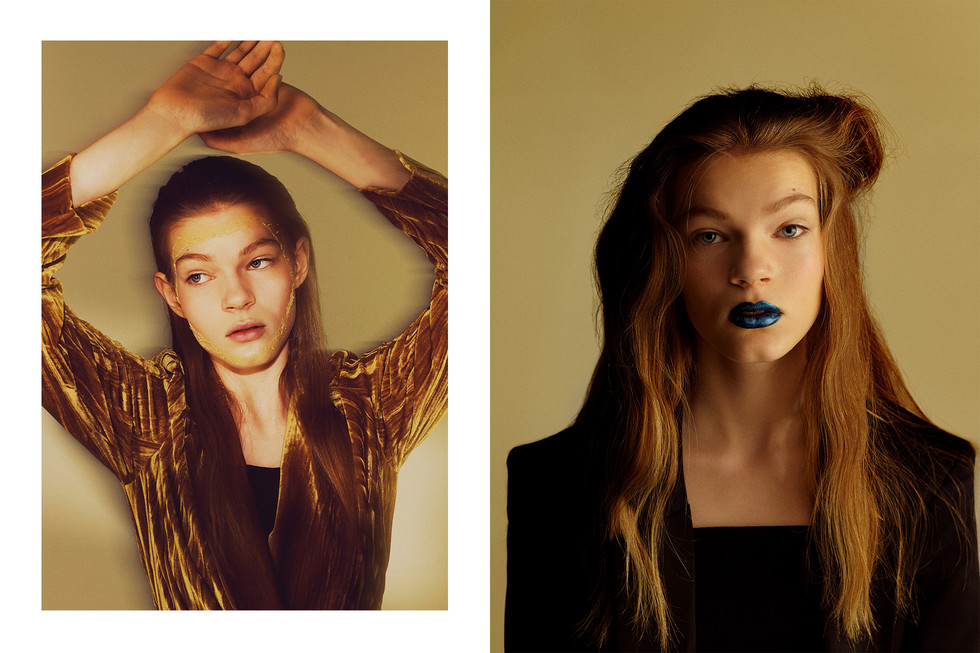
| lips GRESSA lip boost aux rouge |
| eye pencil ESTEE LAUDER double wear 09 electric cobalt |

| make up artist’s own mixtured paint |

eyeliner NEVE COSMETICS reversal, choker, matita rossetto, petrolio, matita rossetto & matita occhi |
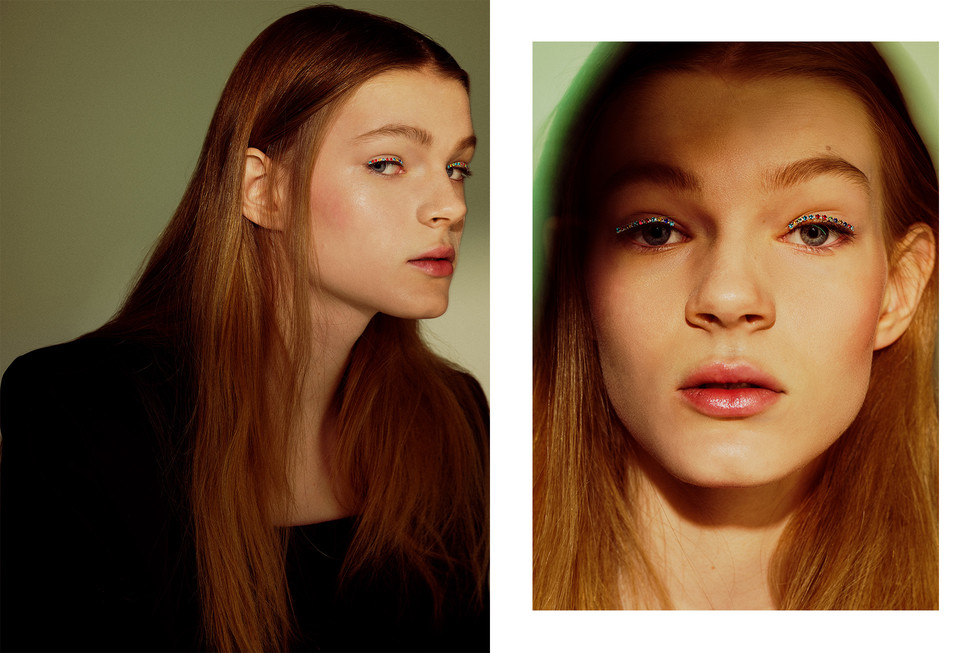
| flash palette MAKE UP FOREVER 24 red, 10 white, 13 yellow & 14 bright blue |

